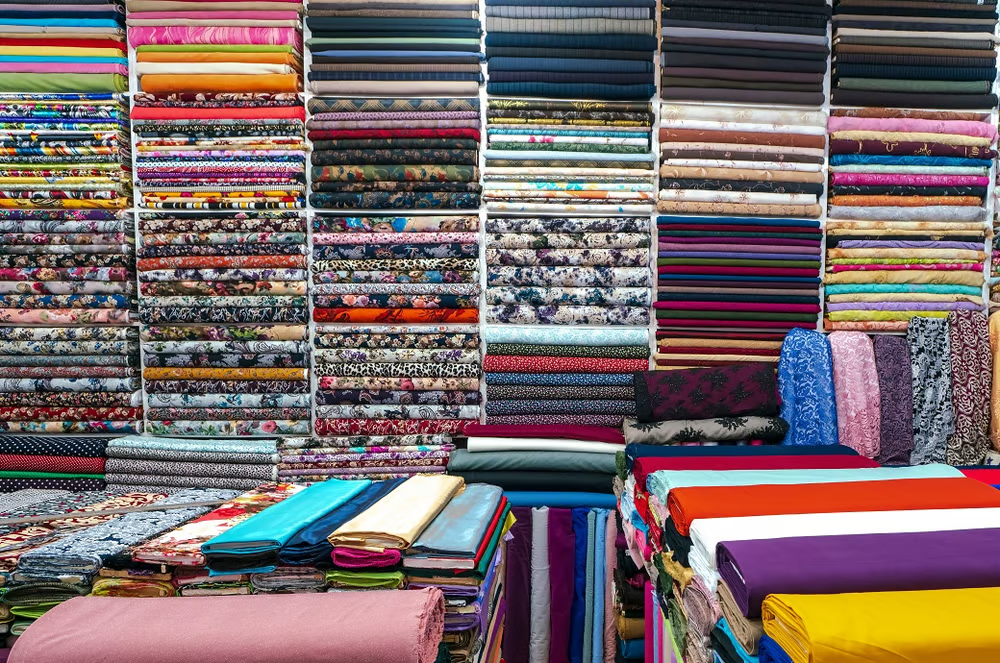New tariff structures in the United States are anticipated to reshape the competitive landscape for Indian textile and apparel exporters. While manufacturers of leather goods, non-leather footwear, and general textiles foresee potential revenue growth in the American market due to comparatively lower duties than those imposed on major competitors like China, Vietnam, and Bangladesh, a sense of unease prevails among Indian carpet producers.
The reduced tariffs granted to Turkey, Azerbaijan, and Nepal are causing concern within the hand-crafted carpet sector. With the US being a significant destination for Indian carpets, accounting for a substantial portion of the country’s global shipments, industry players fear that the revised duties could erode their competitive edge. The existing tariff burden on Indian carpets is reportedly considerable, leaving limited room for maneuvering on profit margins. This situation has sparked anxieties about potential business losses and the viability of numerous production units if they struggle to compete with nations facing lower import taxes. Industry leaders are advocating for government intervention to negotiate more favorable tariff rates for the carpet sector during upcoming bilateral trade discussions with the US, acknowledging the lengthy process of cultivating alternative markets in Europe.
In contrast, the outlook appears brighter for other segments of the Indian textile and apparel industry. Exporters of leather goods and non-leather footwear are optimistic about capitalizing on the lower tariffs. They anticipate that this will attract contract manufacturing opportunities from global brands seeking to diversify their sourcing away from dominant players in Asia. The US already represents a significant market for India’s leather and footwear exports, and the new tariff regime is expected to bolster this trade.
Similarly, apparel exporters believe India is well-positioned to benefit from the adjusted tariffs, which are more favorable than those applied to several key competitors. While existing tariffs imposed by the previous US administration offer an advantage to some other apparel-exporting nations, the inherent strengths of India’s comprehensive apparel value chain are expected to ultimately work in its favor within the American market. The US currently accounts for a substantial share of India’s overall textile exports, suggesting a strong foundation for potential growth in this sector under the new tariff framework.

